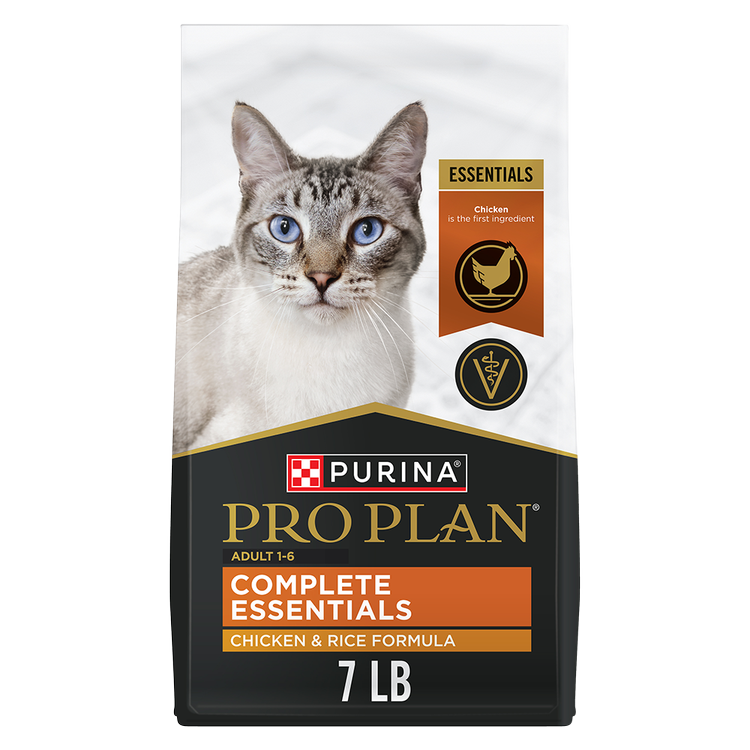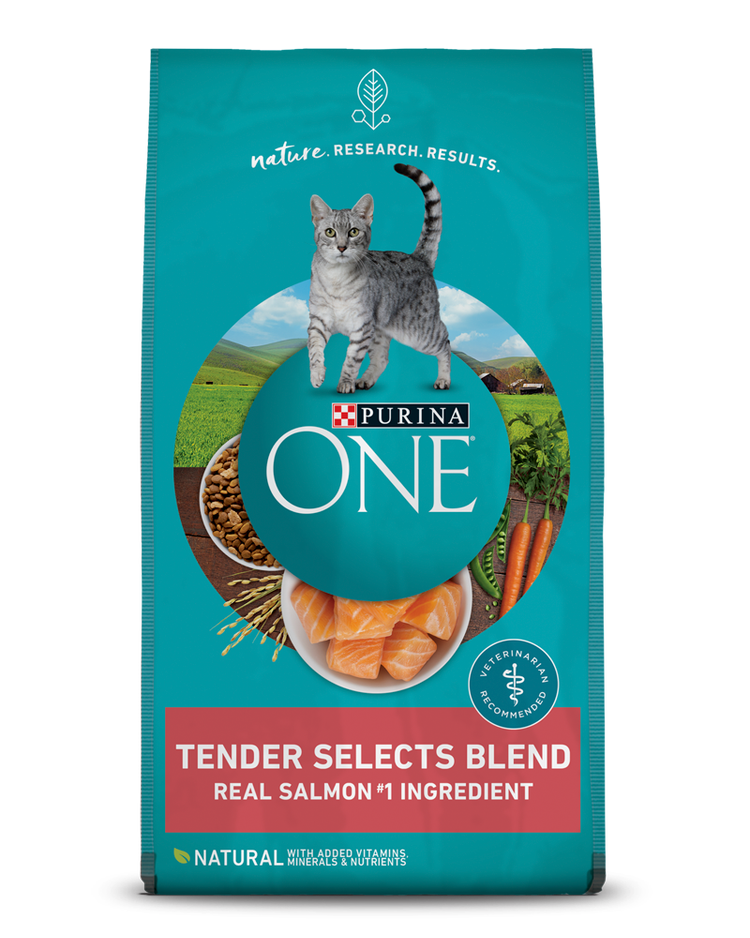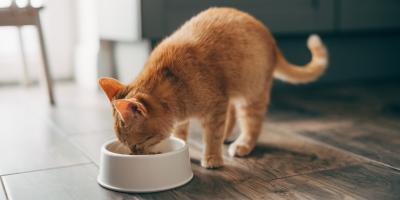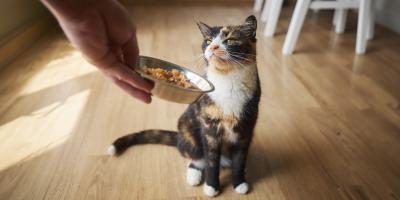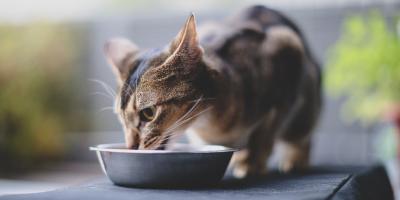How Much Should I Feed My Cat?

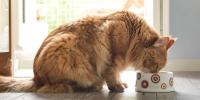
How much to feed your cat depends on several factors, including her age, lifestyle and even the type of food.
Whether you’re new to cat ownership or you’ve changed your cat’s food, figuring out how much she needs to eat each day isn’t as straightforward as you might think.
Determining How Much to Feed a Cat
Different cats have different nutritional needs based on their size, life stage and more. Here are some factors to consider when deciding how much food your cat should eat.
- Age & Life Stage: Kittens have different nutritional needs than adults or senior cats. Pregnant or nursing cats also have different needs.
- Weight: “If your cat is not at her ideal body condition, you may need to adjust what and how much you feed her,” says Dr. Callie Harris, DVM.
- Activity Levels: Cats who are active and playful throughout the day may need more calories than those who prefer to spend their time napping.
- Indoor vs. Outdoor: Indoor cats may not get as much exercise as an outdoor cat would, so they need fewer calories. Outdoor (or indoor/outdoor) cats living in regions with cold winters may need more food in the cold months.
The best way to determine how much food your cat needs is to talk with your veterinarian. They can tell you how much food your cat needs based on the above factors.
They can also help you troubleshoot any problems that may arise, such as your cat eating more or less than usual.
How Much Should a Cat Eat a Day?
Dry and wet cat food differ in calories as well as portion sizes. You’ll want to ensure you’re feeding an appropriate amount of food, whether you feed dry, wet or a combination of both.
The label on the food packaging can give you a general idea of how much food your cat needs. The recommendations may include ranges, so you’ll need to figure out where your cat fits within those ranges. You can always adjust to meet your cat’s needs.
If you have questions about how much of a particular food to feed your cat, you can also visit the manufacturer’s website or call them directly. As always, your veterinarian can also help you navigate how much to feed your cat.
Cat Feeding Chart
Feeding recommendations are required on all cat food packaging, but they don’t all look the same. Pay close attention to the chart on your cat’s food label to ensure you’re feeding her the right amount based on her age and weight.
Here’s a sample cat feeding chart, similar to what you’ll find on cat food labels:
| Weight (lbs) | Dry Food Amount (cups) |
|---|---|
| 5 to 9 | 1/3 to 2/3 |
| 10 to 14 | 3/4 to 1 |
Note: Amounts listed above are for a 24-hour period. Cat feeding amounts vary from product to product based on calorie content and formula. Consult the feeding chart on the back of your cat’s food packaging. Individual needs can vary, so consult with your veterinarian regarding special dietary needs.
How Many Times a Day Should Cats Eat?
Most feeding recommendations give you the total daily amount. For dry cat food, you can put the kibble in her bowl and let her graze throughout the day. It’s not uncommon for cats to want to eat multiple smaller meals per day.
When feeding wet food, it’s important she eats it within a half hour or so to avoid the food spoiling. If you want to split her wet food into two meals, you’ll need to determine the total number of calories she needs each day and divide that number by how many times you intend to feed her.
You may also want to try a refrigerated feeding bowl with a timer. You can program the bowl to dispense fresh wet food for your cat at designated times during the day.
For example, if your veterinarian recommends giving your cat 250 calories per day, you’ll want to feed her two meals with a total of 125 calories in each.
If you plan to feed your cat a combination of dry and wet food the math gets a little trickier. You’ll need to look at the calories on the dry and wet labels to calculate the total number of calories in each and decrease serving sizes to still meet the total daily caloric recommendation.
Assessing Your Cat’s Eating Habits
Once you determine how much food to feed your cat, use that as a guide for a couple weeks. Then, assess how your cat is doing. Here are a few things to monitor:
- Leaving food in the bowl
- Hungry in the middle of the night
- Cleaning bowl, but gaining weight
- Eating happily and maintaining weight and activity levels
Cats can go up to 48 hours without food. If your cat hasn’t eaten in more than 48 hours, call your veterinarian to assess why she isn’t eating.
Ensuring your cat gets the right amount of food will help her maintain her ideal body condition. Consider a healthy weight cat food to help her achieve and maintain this ideal body condition.
We also recommend working with your veterinarian to ensure there are no underlying medical issues.
For more feeding tips from our experts, visit our Pet Expertise page.
Related articles
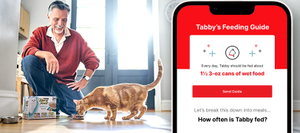
Customize Your Pet’s Nutrition
Get a personalized feeding guide for your dog or cat from Purina’s nutrition experts.


